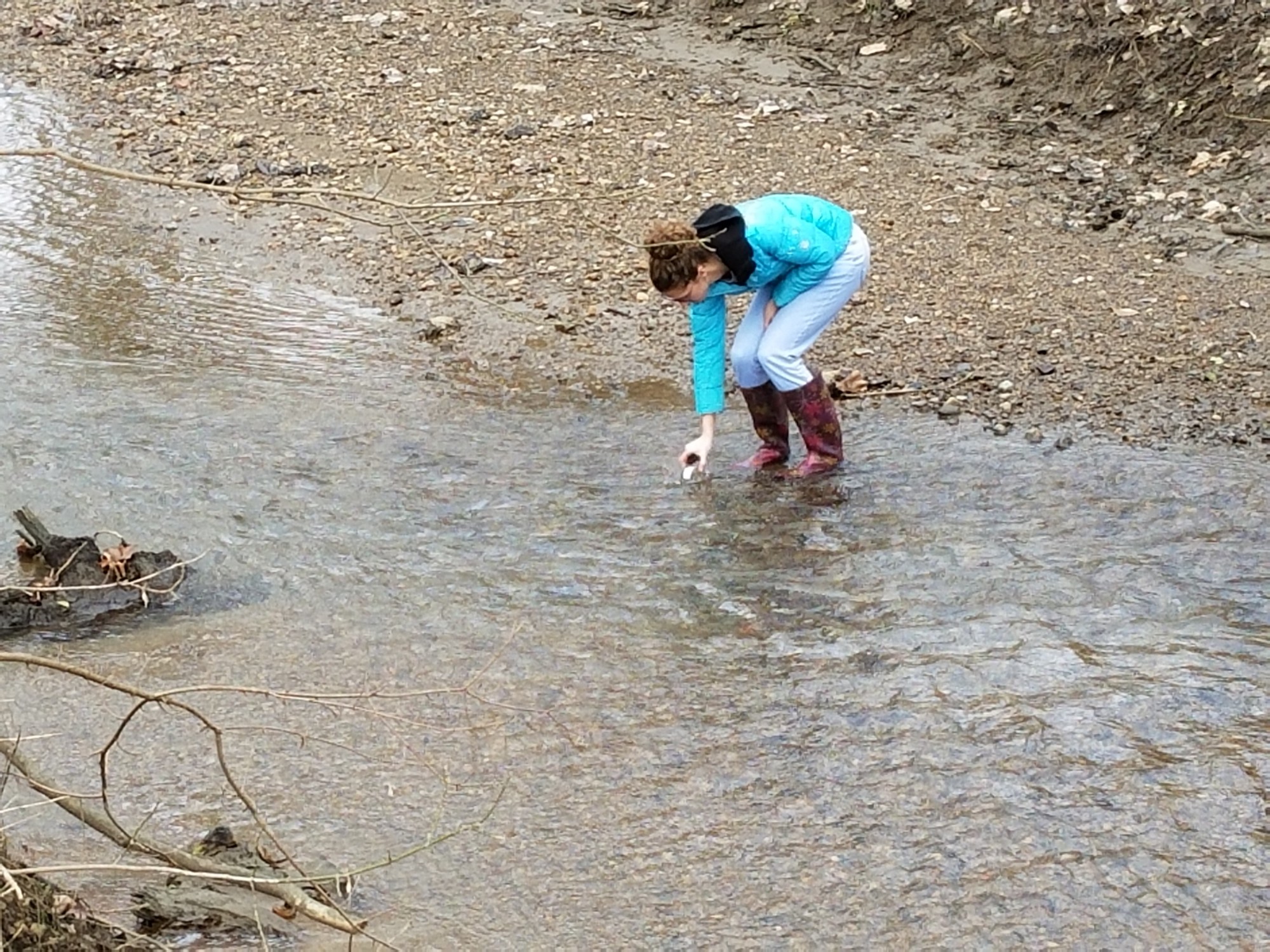Testing Local Waterways for Microplastic Pollution and its Effect on Crops
What is the effect of plastic pollution on soybean germination?
Supervising teacher
Joe Carter
Student
Emily Kruse
School
Bloom Carroll High School
Supporting files
conclusion.pdf
With a growing population, humans are now using more resources than ever before. In using such a high quantity of resources, it is inevitable that we have more waste than ever before. Global plastic pollution has increased at a dramatic rate in the last 50 years and the world is now experiencing the biggest plastic tide ever faced. This is a problem that can be helped, but currently is widely ignored. If this problem continues to be underestimated and politically ignored, it has the potential to become a deadly issue.
Due to our growing population, we can not afford pollution-based crop loss. The primary objective of this experiment was to discover plastic particles in local waterways and to see how plants react to different levels of plastic in their water source. The hypothesis was that there will be detectable levels of plastic in all water samples collected and plants grown with the least amount of plastic particles in their water source will have noticeably higher growth rates.
The materials needed to grow plants in this experiment included 4 fluorescent utility lighting fixtures, 8 32 watt cool white 6500 Kelvin fluorescent tube lights, 8-50 cell seed starting trays, 800 soybean seeds, a metal measuring cup (in milliliters), a dropper (in milliliters), distilled water, wooden supports, 6ft Table, ruler, bagged soil, 5 kg blocks coconut fiber pith, and 35 specially cleaned small glass jars. Some of the materials needed to analyse plastic included an, analytical balance (precise to 0.01 g), a large metal bin, a metal spatula, a small metal spatula,a black marker, microscope slides, a microscope (300X magnification), a petri dish, and the following stainless steel sieves, each measuring 8 in (diameter) and 2 in (depth), a 35 mesh (500 microns), a 60 mesh (250 microns), a 120 mesh (125 Microns), and a stainless steel pan.
A total of 800 soybeans were planted and grown using either water collected from local waterways, or distilled water. Plants that were grown using water with the highest plastic-to-water ratio showed less germination and a lower growth rate, showing that microplastic particles have the potential to decrease crop yield.
